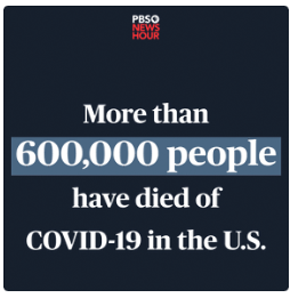Is Medicare Part D Red Tape Worsening Outcomes for Low-Income Seniors?
-
Feb 15, 2024
Seniors who experienced fluctuations in eligibility for Medicare Part D’s low-income subsidy (LIS) spent more money on prescription drugs and filled fewer prescriptions overall, according to new research published in JAMA Health Forum. While researchers said questions remain about whether these temporary losses can impact medication adherence and health outcomes — particularly among non-white seniors — policymakers should consider streamlining LIS eligibility systems to reduce administrative barriers.
In 2023, 13.4 million Part D beneficiaries received full or partial LIS benefits. The program provides assistance with paying premiums and deductibles, and it reduces any post-deductible cost sharing for beneficiaries. The majority of LIS beneficiaries are “deemed,” meaning they are automatically enrolled in the program based on dual eligibility with Medicaid and/or enrollment in a Medicare Savings Program (MSP). (This also includes non-duals who receive Supplemental Security Income.) But 17% of LIS beneficiaries are “nondeemed,” meaning they are not enrolled in Medicaid or an MSP and must apply for LIS themselves. All LIS beneficiaries undergo annual redeterminations, but the process for deemed beneficiaries is automatic, leaving the nondeemed population to face potential administrative challenges and unnecessary coverage loss.
Read more© 2026 MMIT











